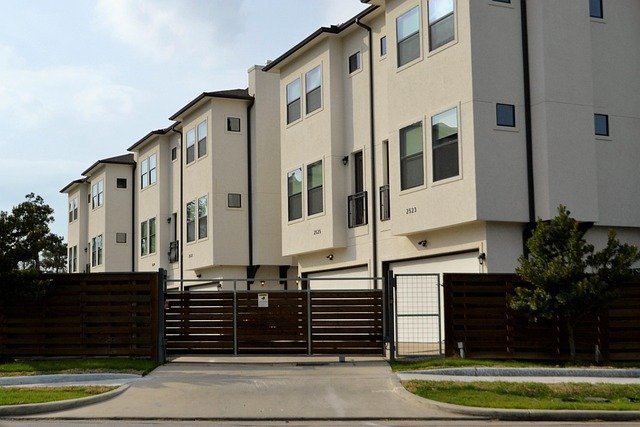How to Find Premium Family Apartments for Sale in Top U.S. Cities
A Complete Guide on How to Find Premium Family Apartments for Sale in Top U.S. Cities, Focused on Safe Neighborhoods, Access to Schools and Parks, Modern Amenities, and Long-Term Investment Potential for Families Looking to Settle in High-Quality Urban Residences.

Understanding Mid-Market Dynamics
Mid-size cities, typically with populations between 200,000 and 500,000, present unique advantages for property investors. These markets often feature strong job markets, growing tech sectors, and quality-of-life benefits that attract young professionals and families. The combination of lower entry costs and robust rental demand creates a favorable environment for both long-term appreciation and steady cash flow. Market analysis shows that these cities typically maintain vacancy rates below 4%, compared to 6-7% in larger metropolitan areas.
Economic Indicators Driving Growth
The success of mid-market real estate investments largely depends on local economic factors. Key indicators include employment diversity, population growth rates, and infrastructure development. Cities with multiple economic drivers – such as healthcare, education, and technology sectors – tend to weather market fluctuations better than single-industry dependent areas. Data shows that mid-size cities with three or more major industry sectors experience 30% less price volatility during economic downturns.
Strategic Investment Approaches
Successful investment in mid-size markets requires a different strategy than major metropolitan areas. Focus should be placed on neighborhoods showing early signs of revitalization, particularly those near downtown cores or major employers. Properties within a 10-minute drive of major hospitals, universities, or tech campuses typically appreciate 20% faster than the city average. Multi-family properties in these locations often generate cap rates between 7-9%, significantly higher than the 4-5% common in primary markets.
Market Selection Criteria
Identifying promising mid-size markets involves analyzing several key metrics. Population growth should exceed 2% annually, job growth should surpass the national average, and the market should show diversity in employment sectors. Additionally, cities with planned infrastructure improvements, particularly in transportation and urban development, often signal strong future growth potential. Markets meeting these criteria have historically shown 25% better price appreciation over five-year periods.
Risk Management Considerations
While mid-size markets offer significant opportunities, they also present unique risks. These markets can be more susceptible to major employer relocations or economic shifts. Investors should maintain diversification across different property types and locations within the market. Research indicates that portfolios combining both residential and small commercial properties in mid-size markets have shown 40% less volatility than single-property-type investments.
Implementation Strategies
Success in mid-size market investments requires careful timing and local market knowledge. Working with local property managers and real estate professionals who understand neighborhood dynamics is crucial. Investors should plan for longer hold periods, typically 5-7 years, to maximize appreciation potential. Market data suggests that properties held for this duration in growing mid-size cities have averaged annual returns of 15-18%, including both appreciation and rental income.
Long-term Market Outlook
Mid-size markets are positioned for continued growth as remote work trends and quality-of-life considerations influence migration patterns. Cities with strong educational institutions, healthcare facilities, and developing tech sectors are particularly well-positioned for sustained growth. Demographic trends indicate that millennials and young families will continue gravitating toward these markets, supporting both property values and rental demand for the foreseeable future.




